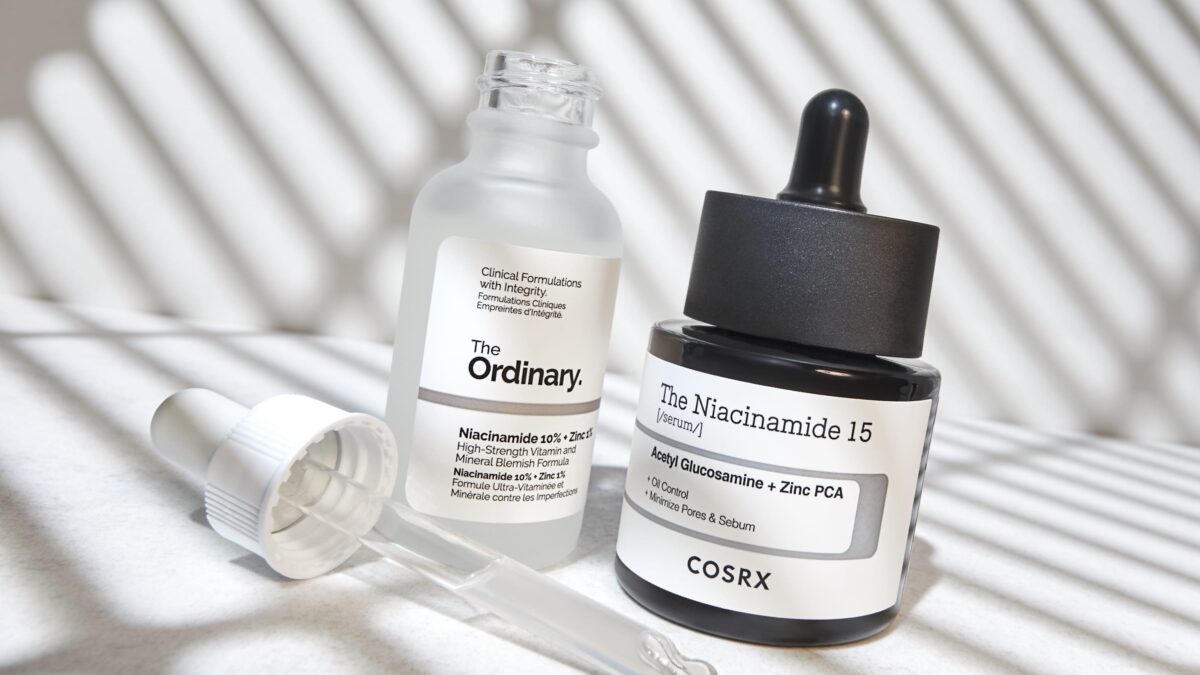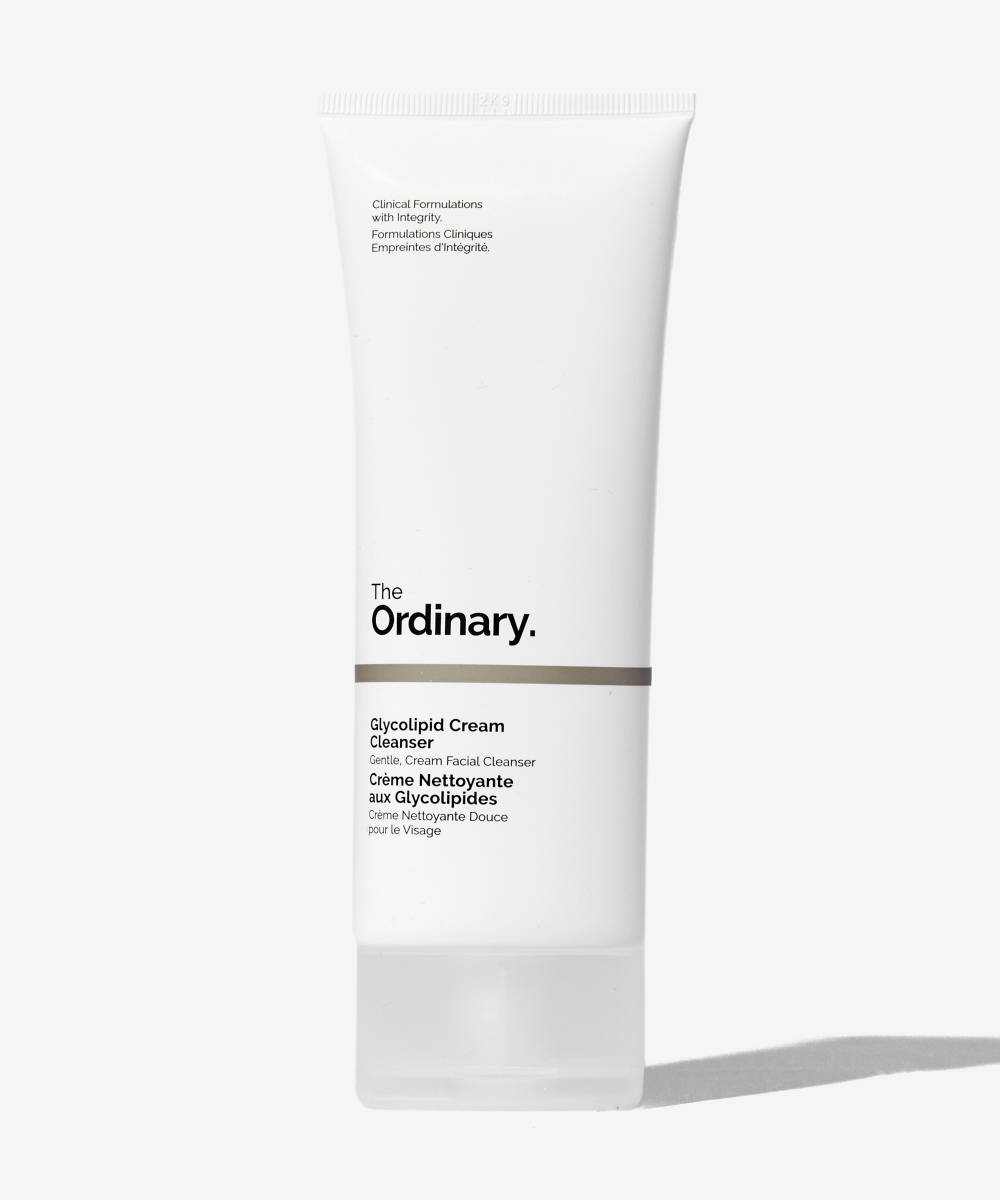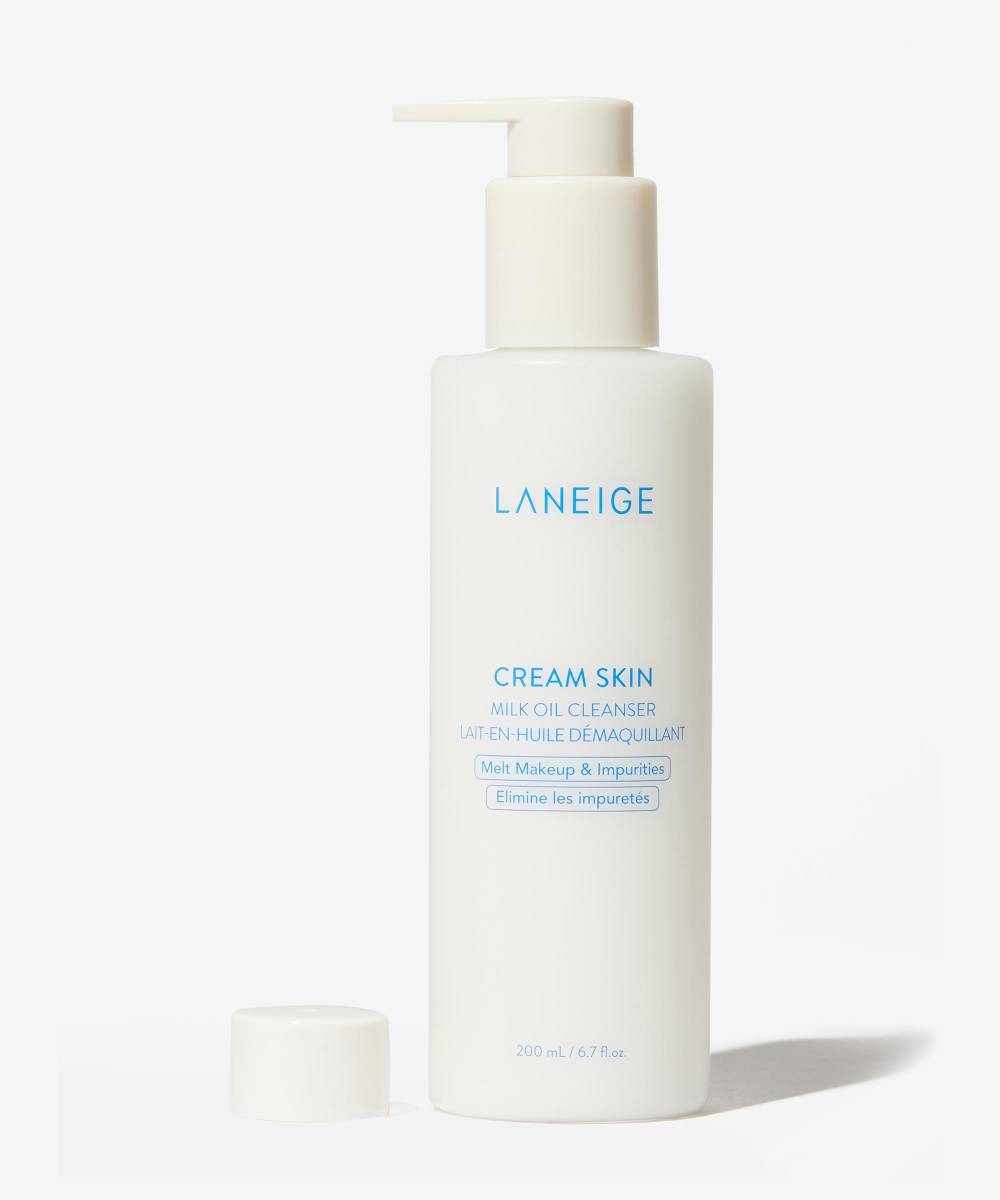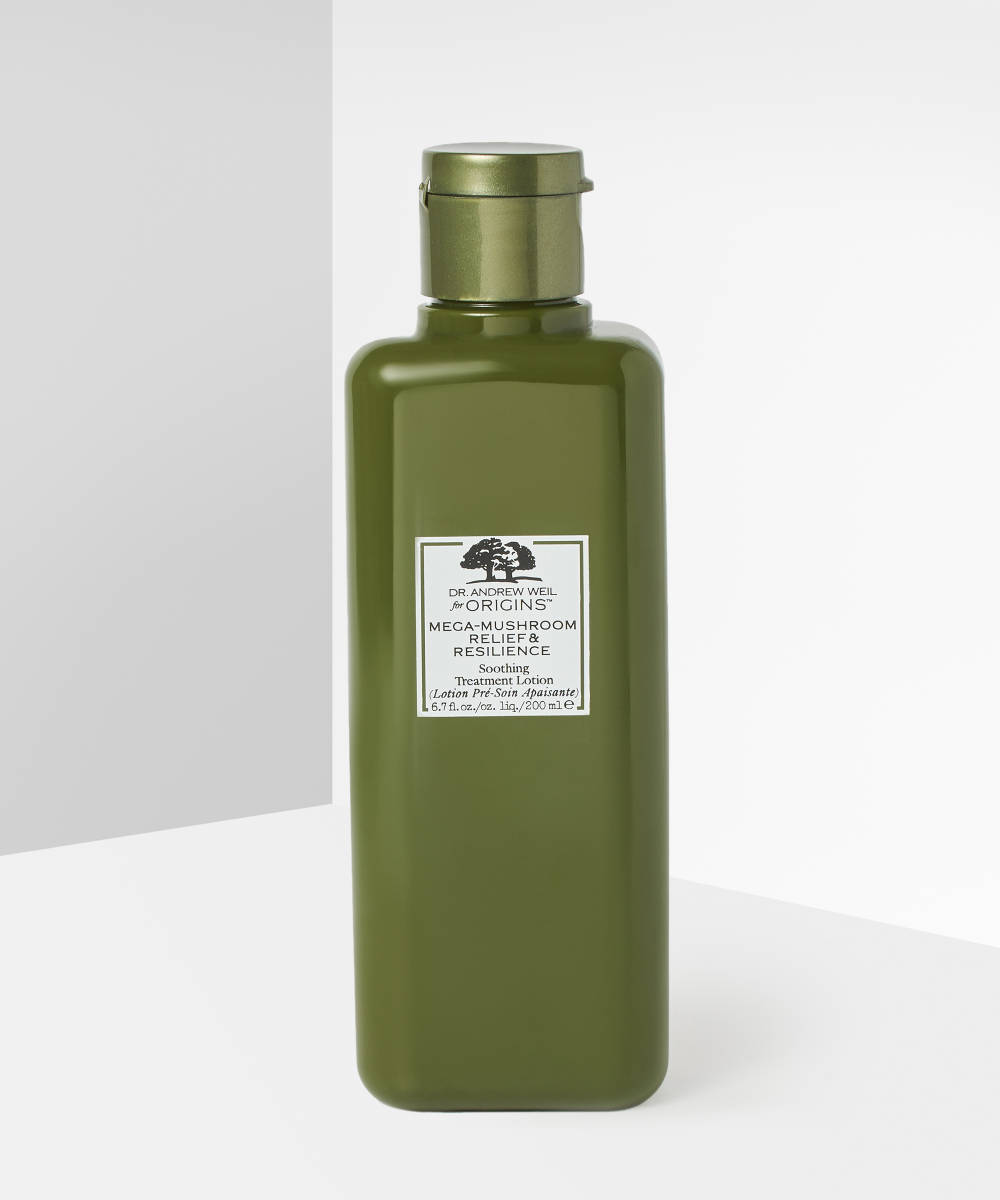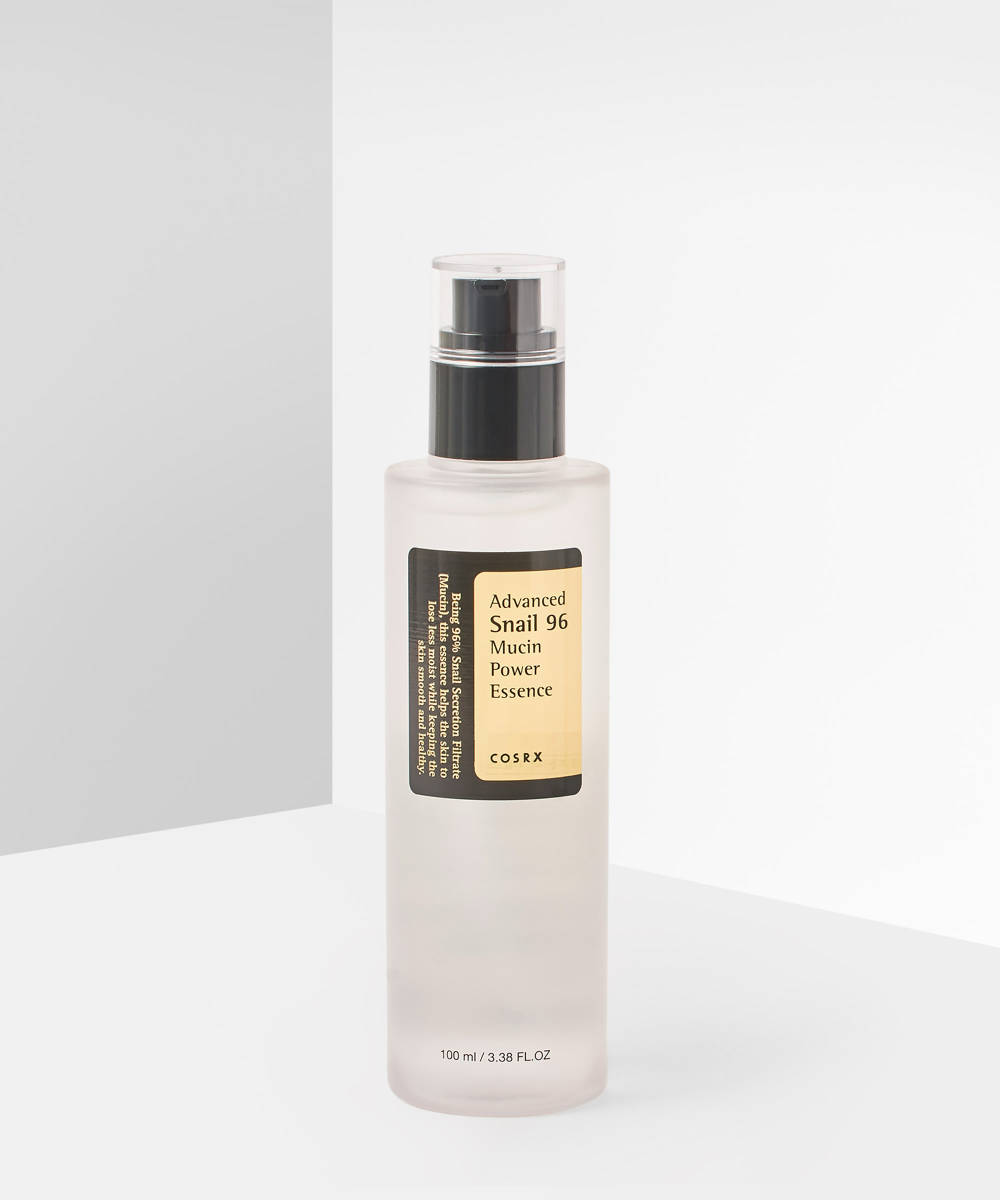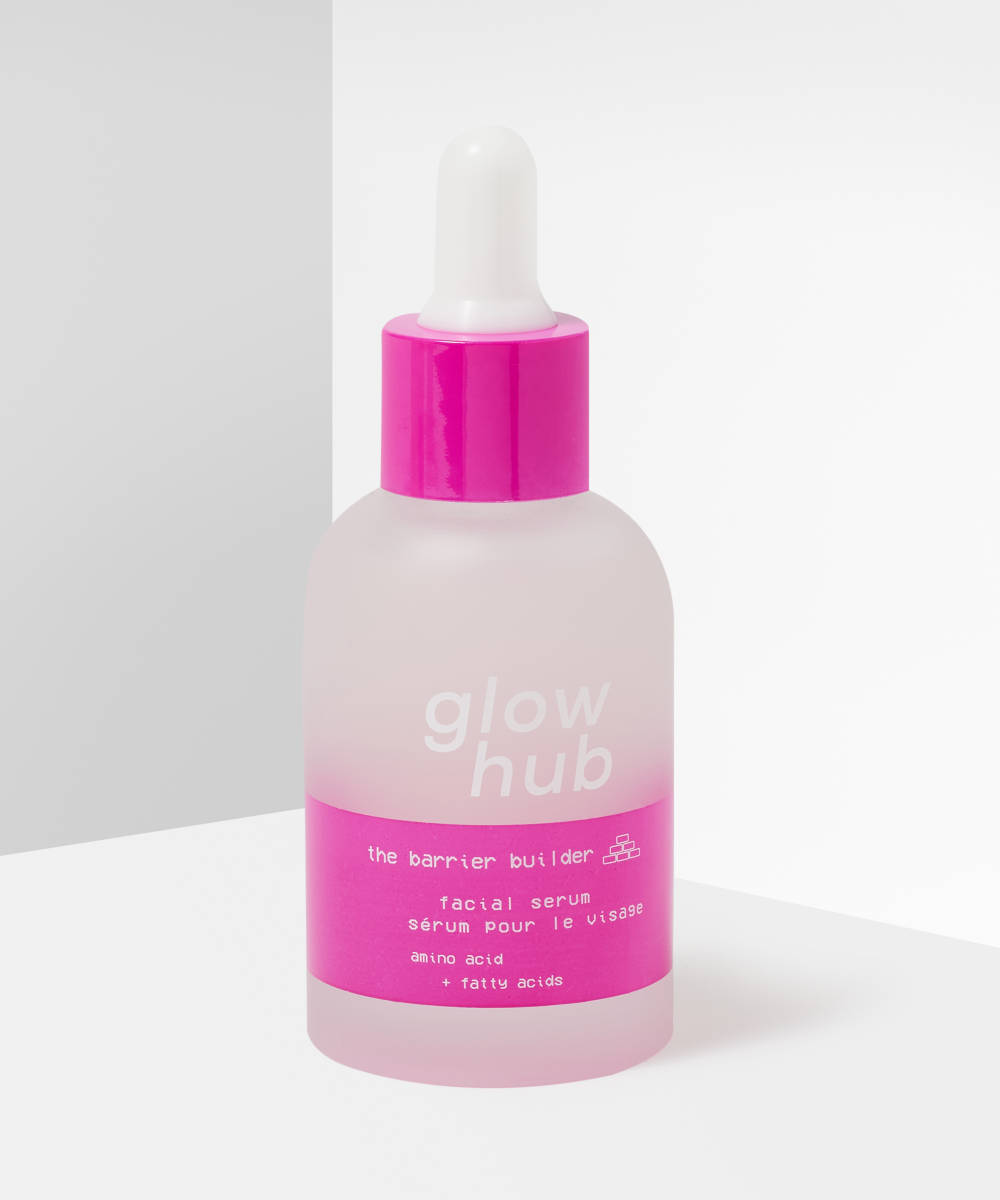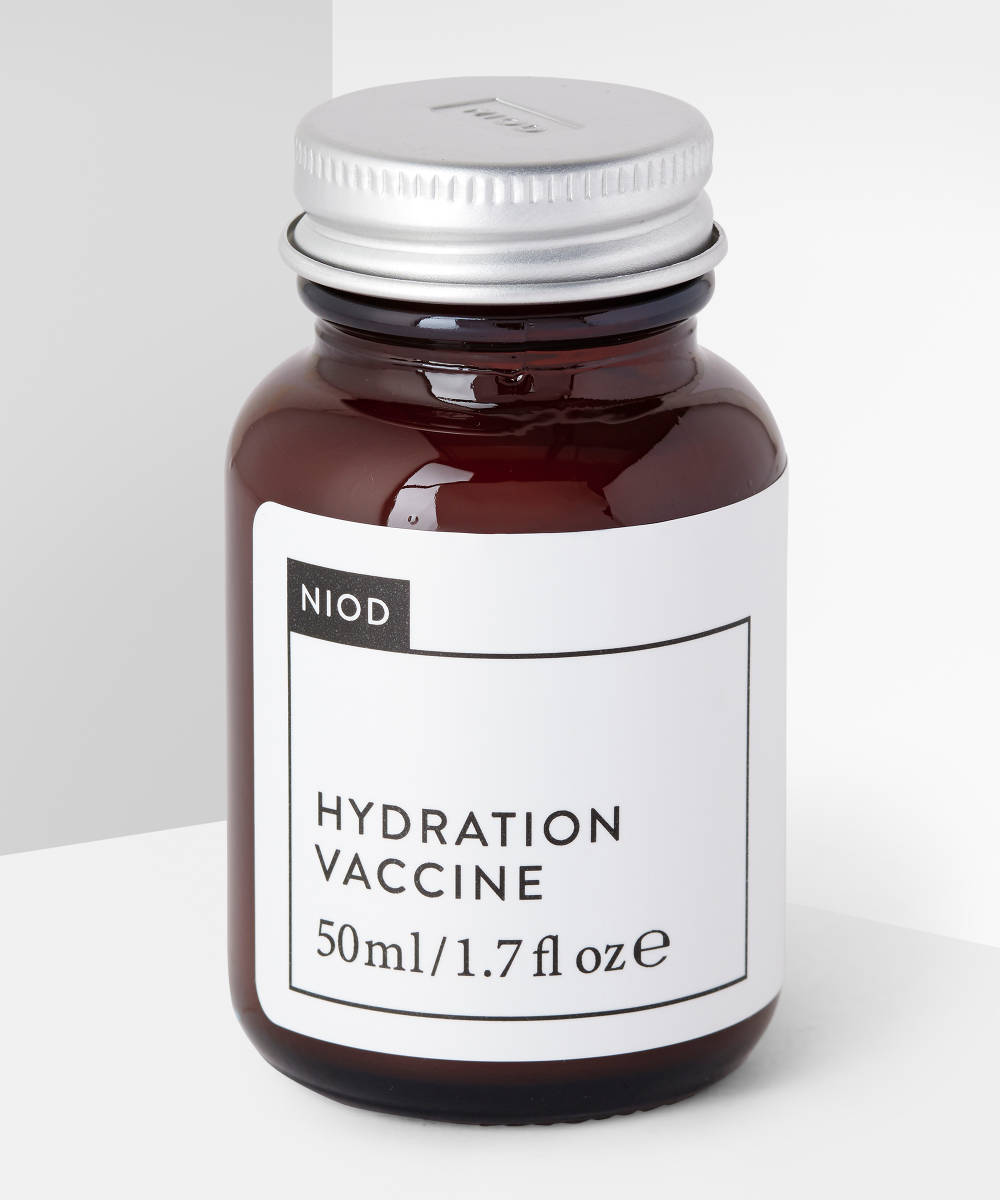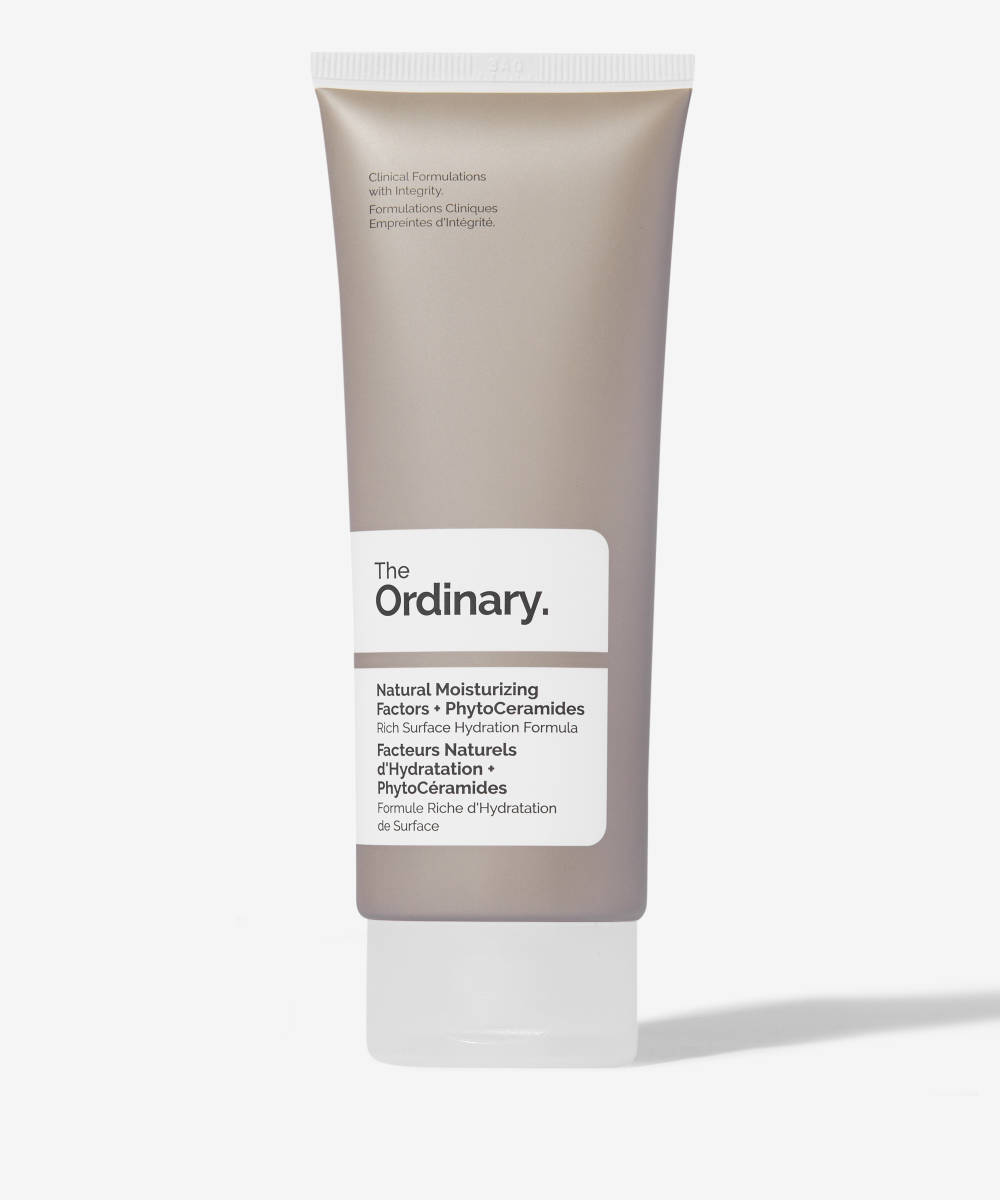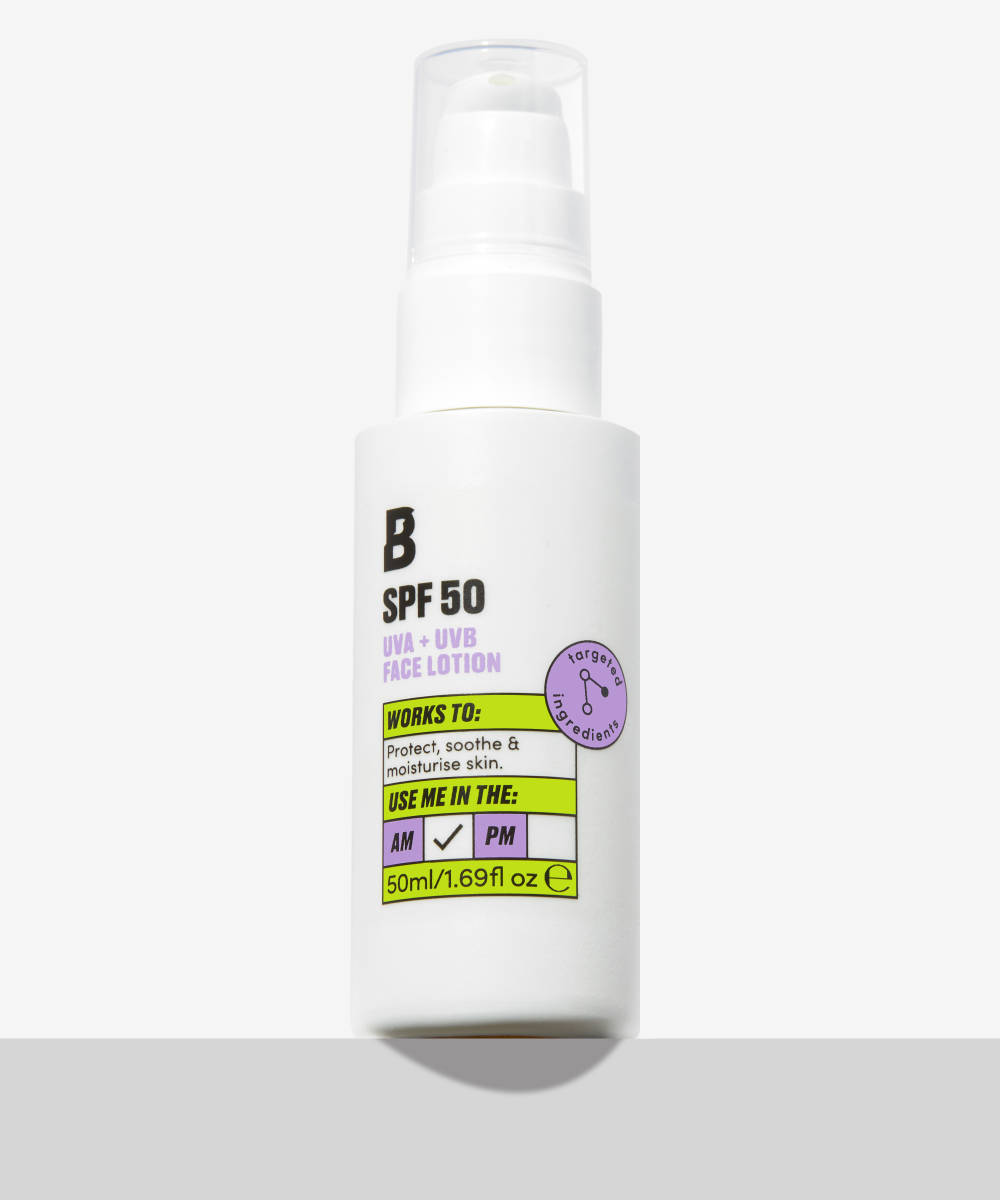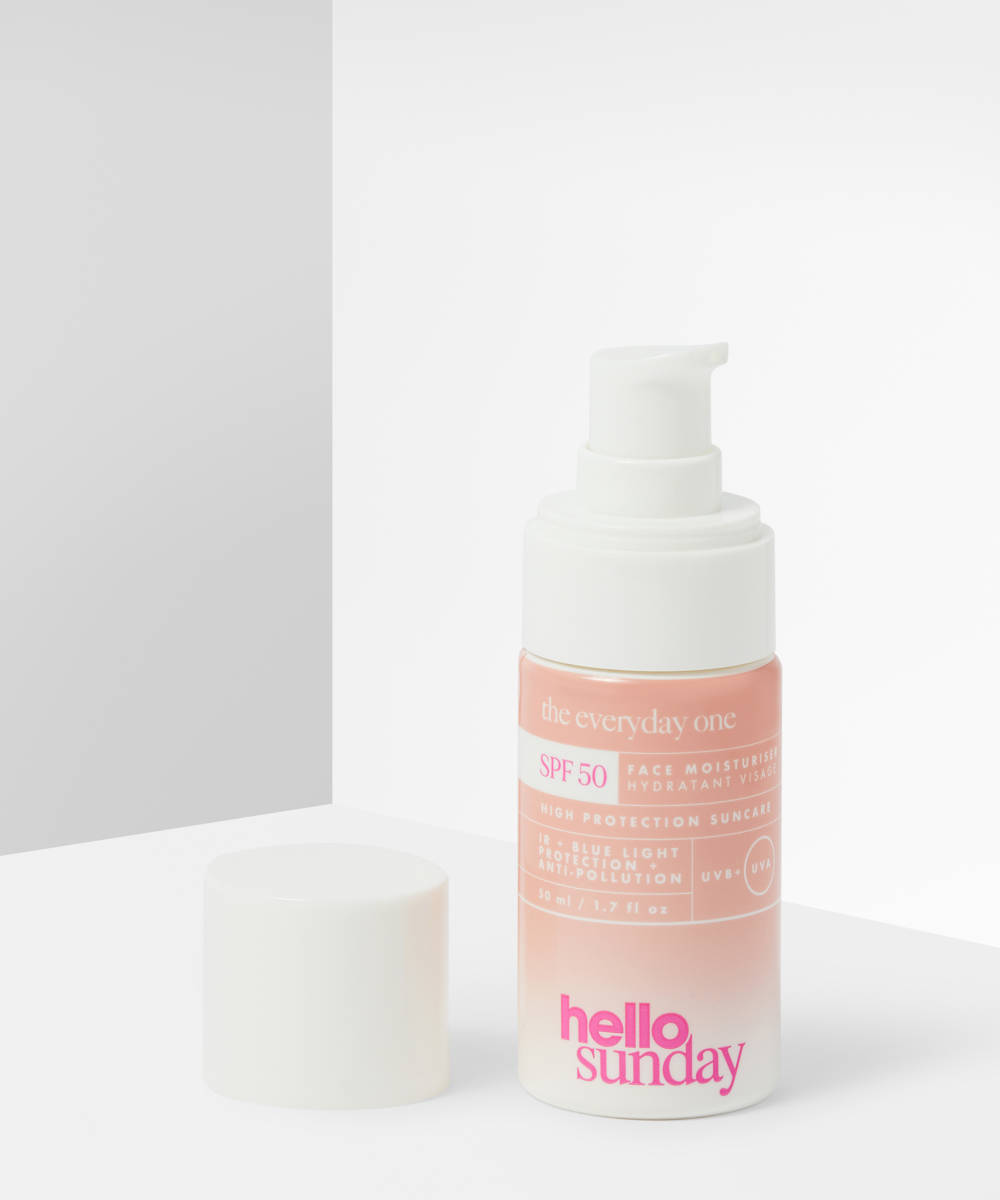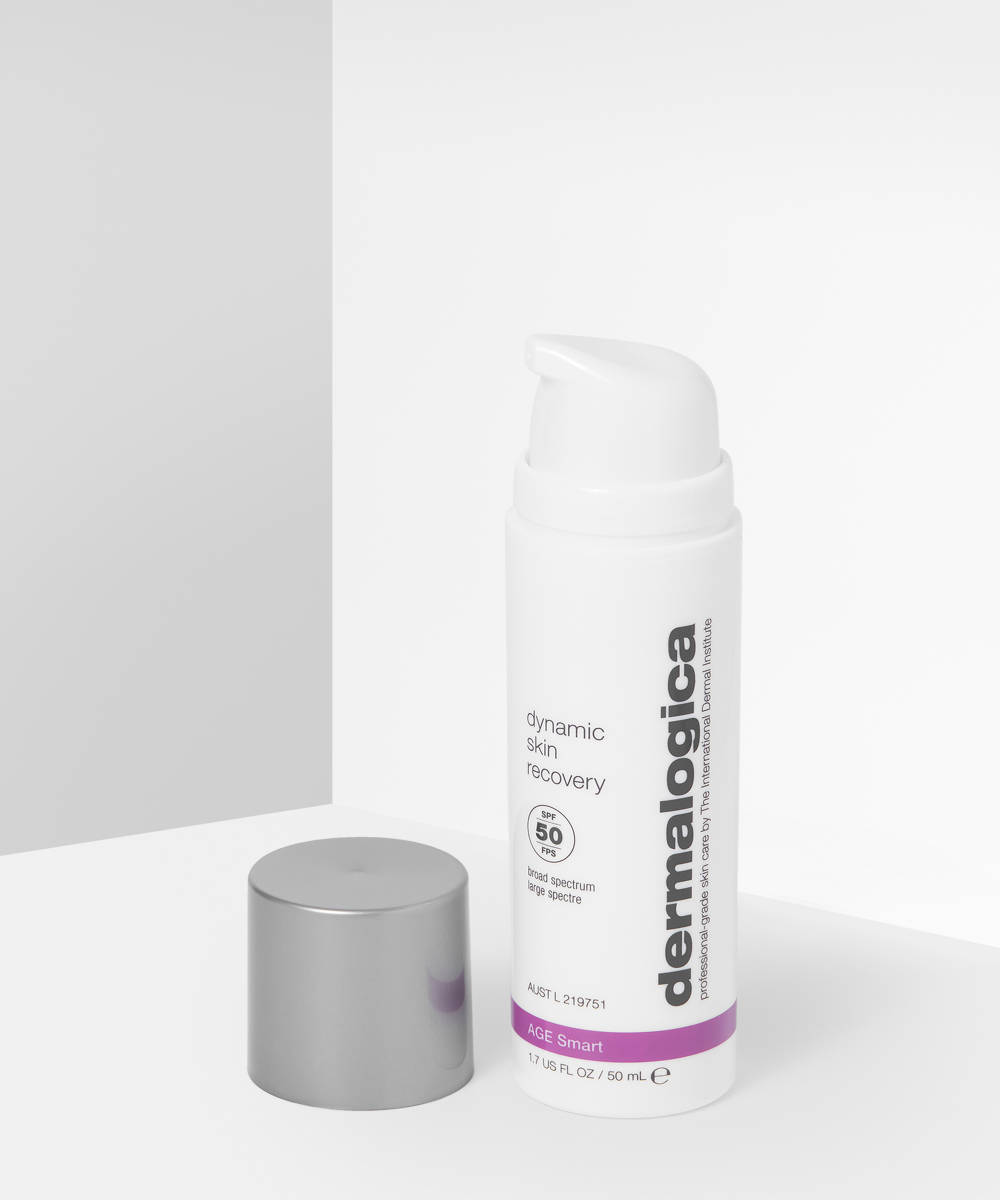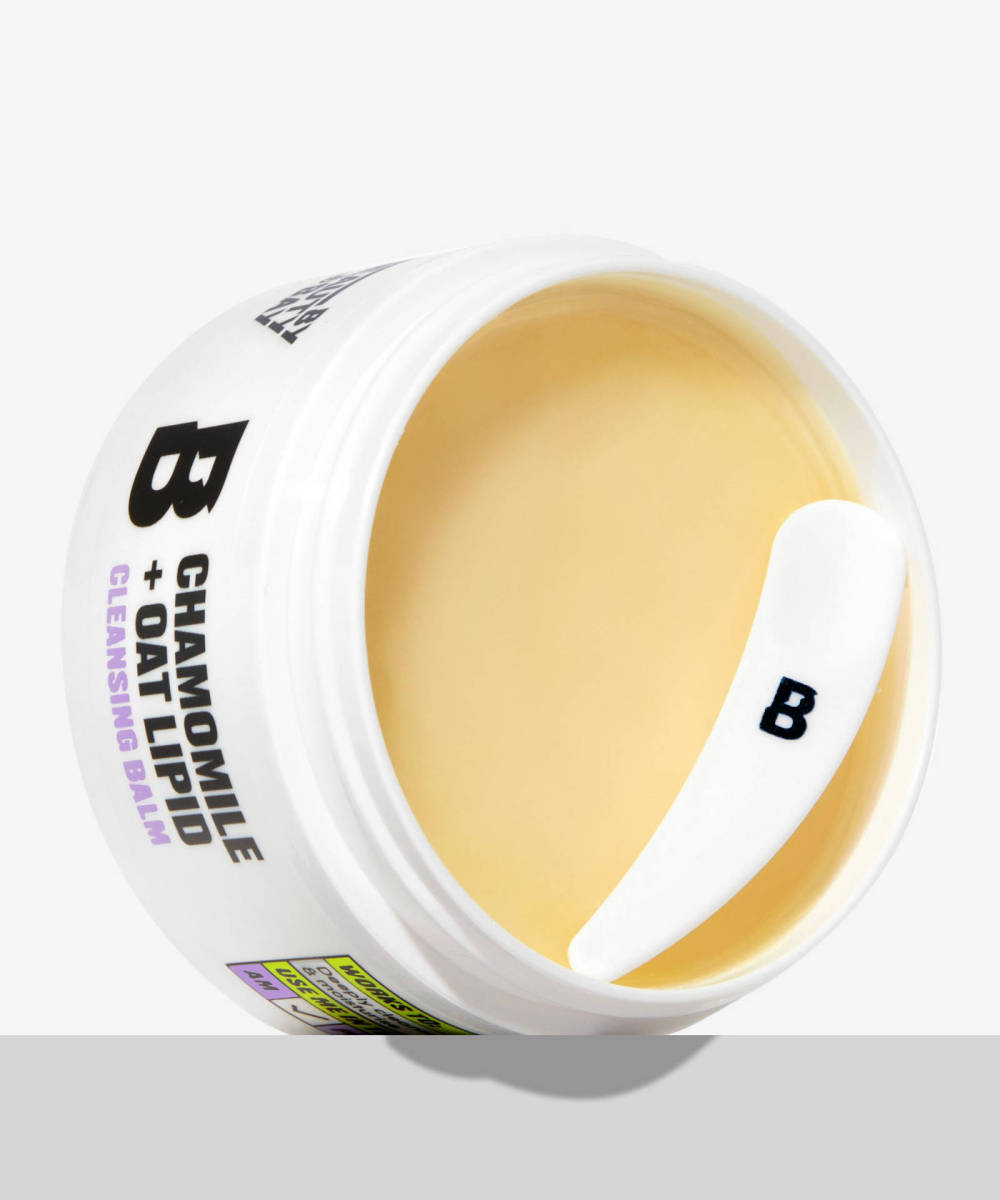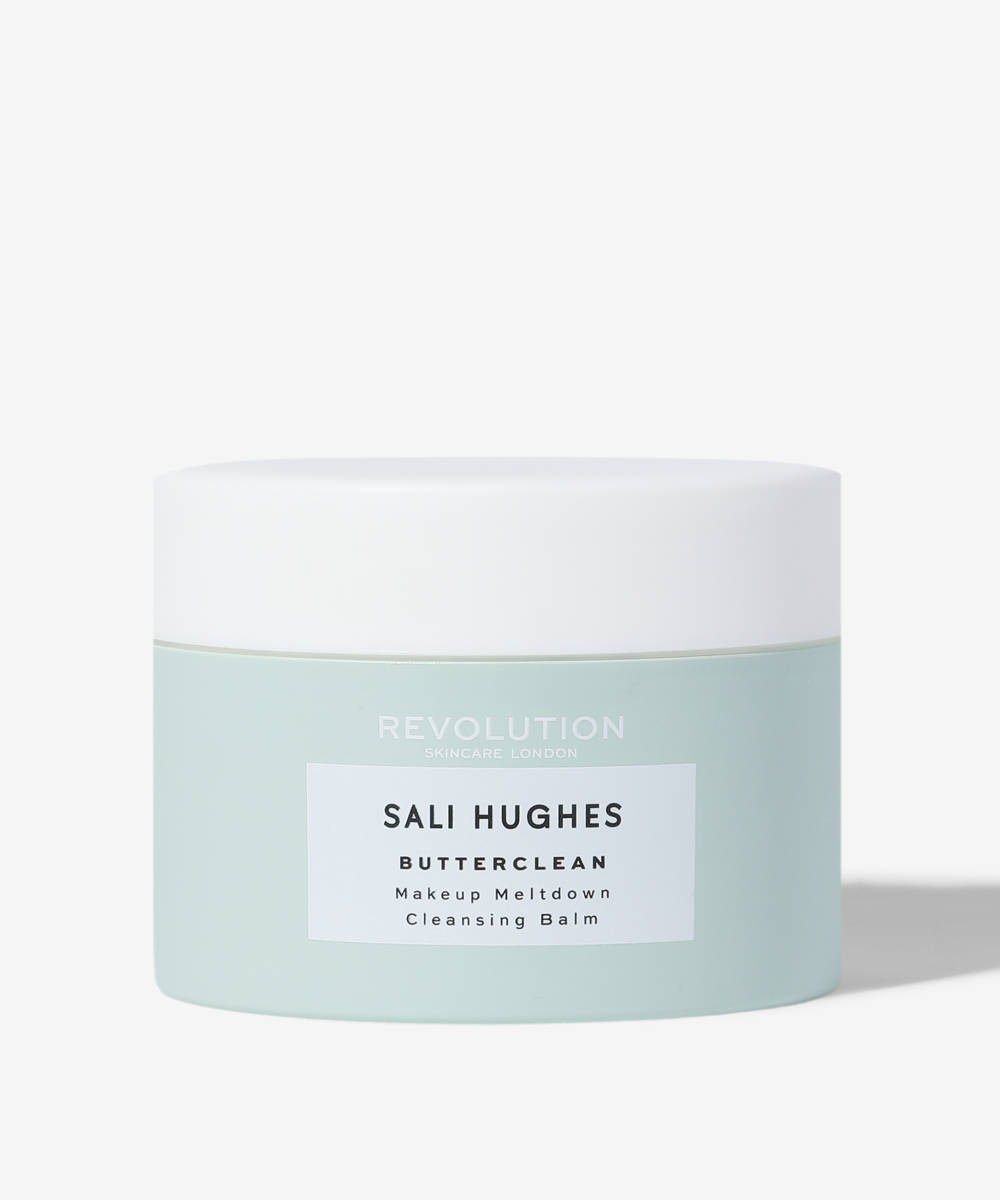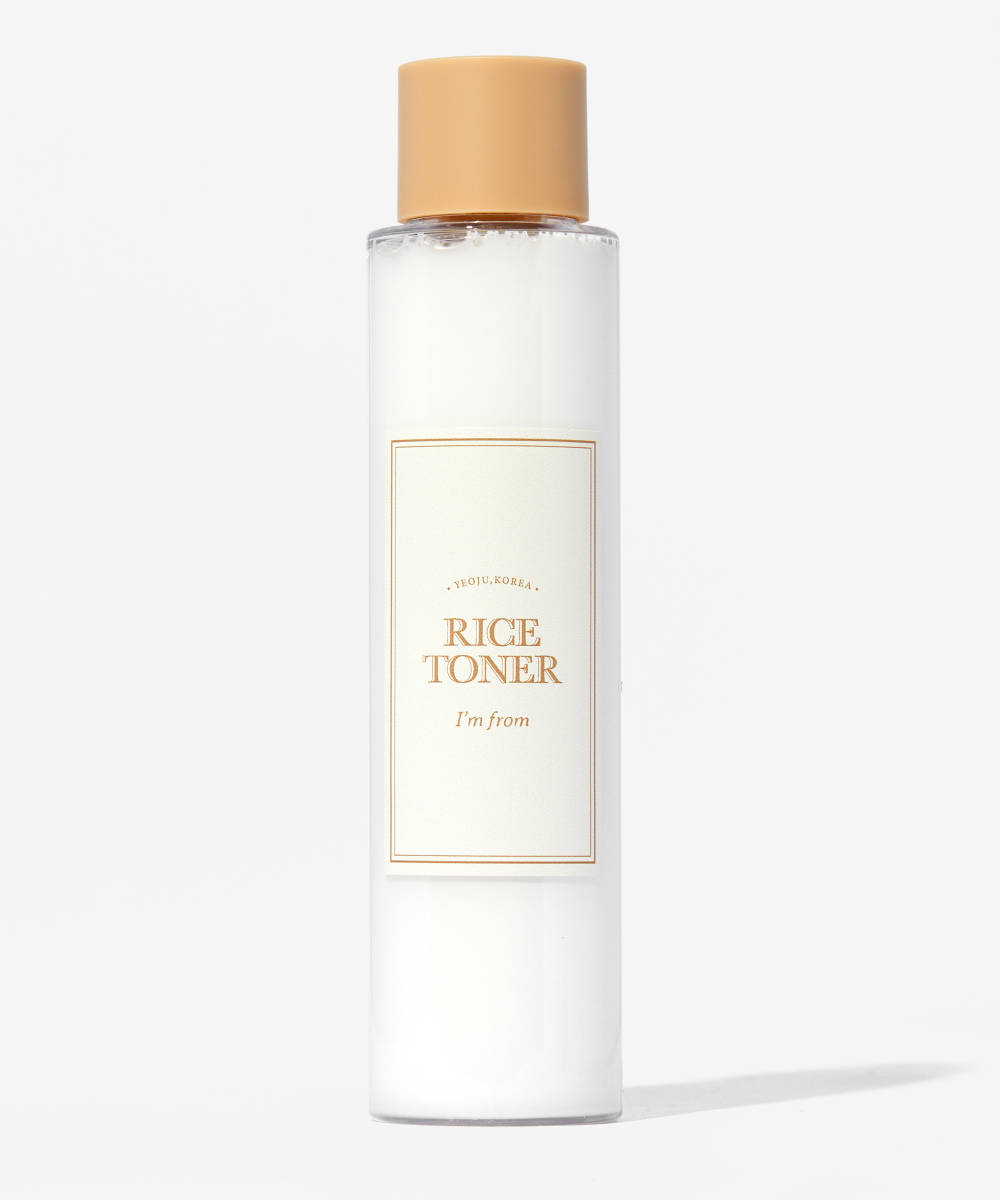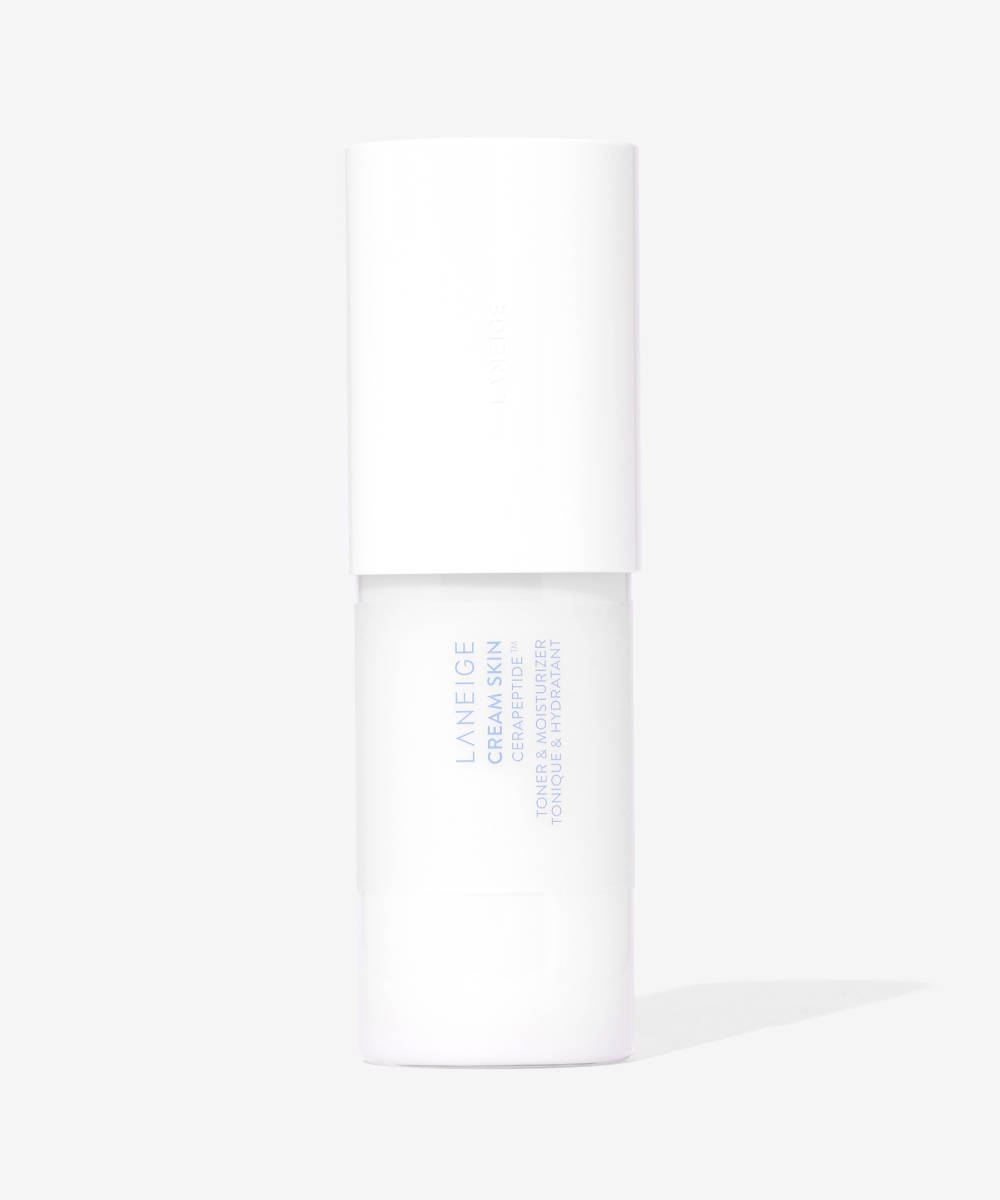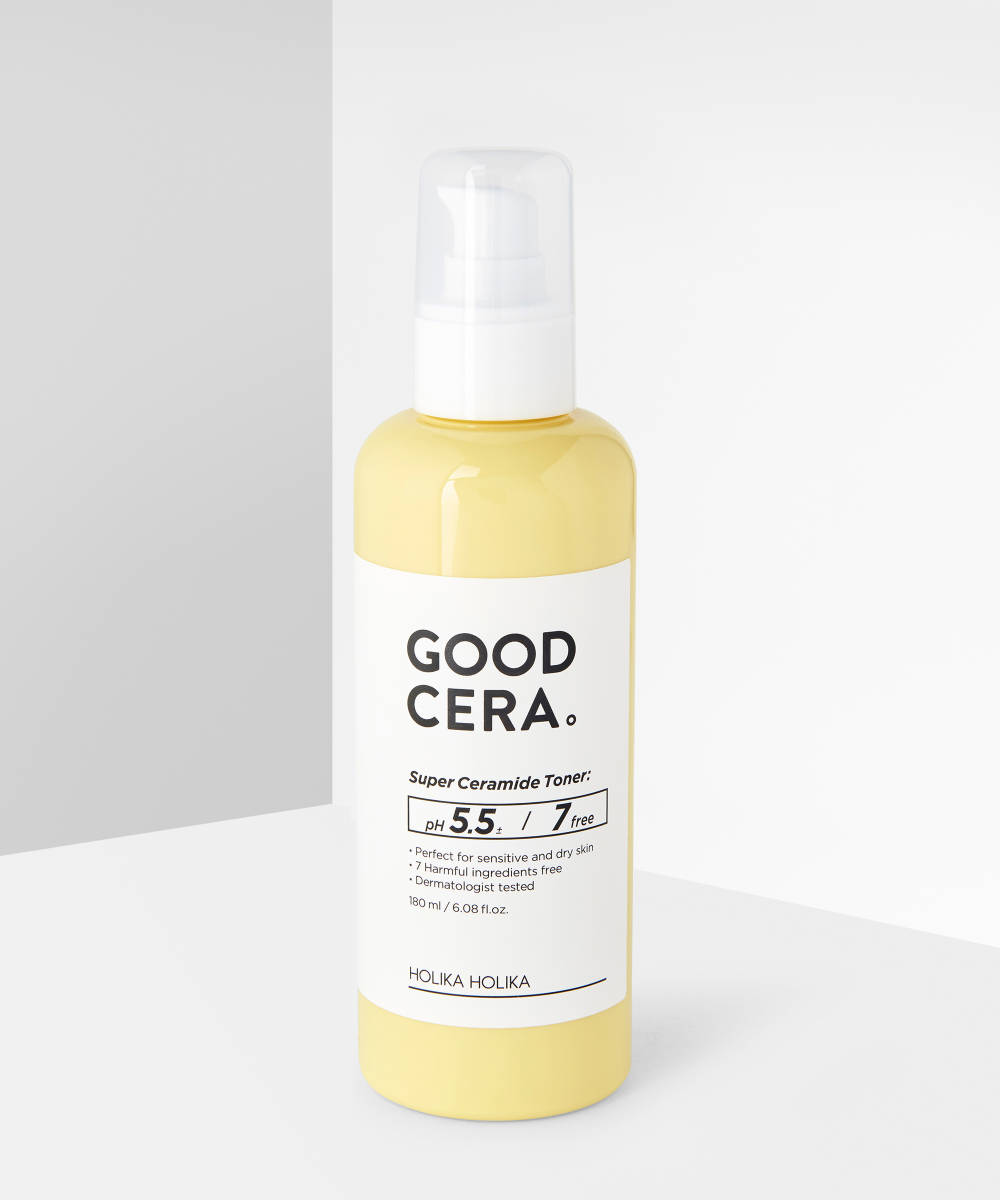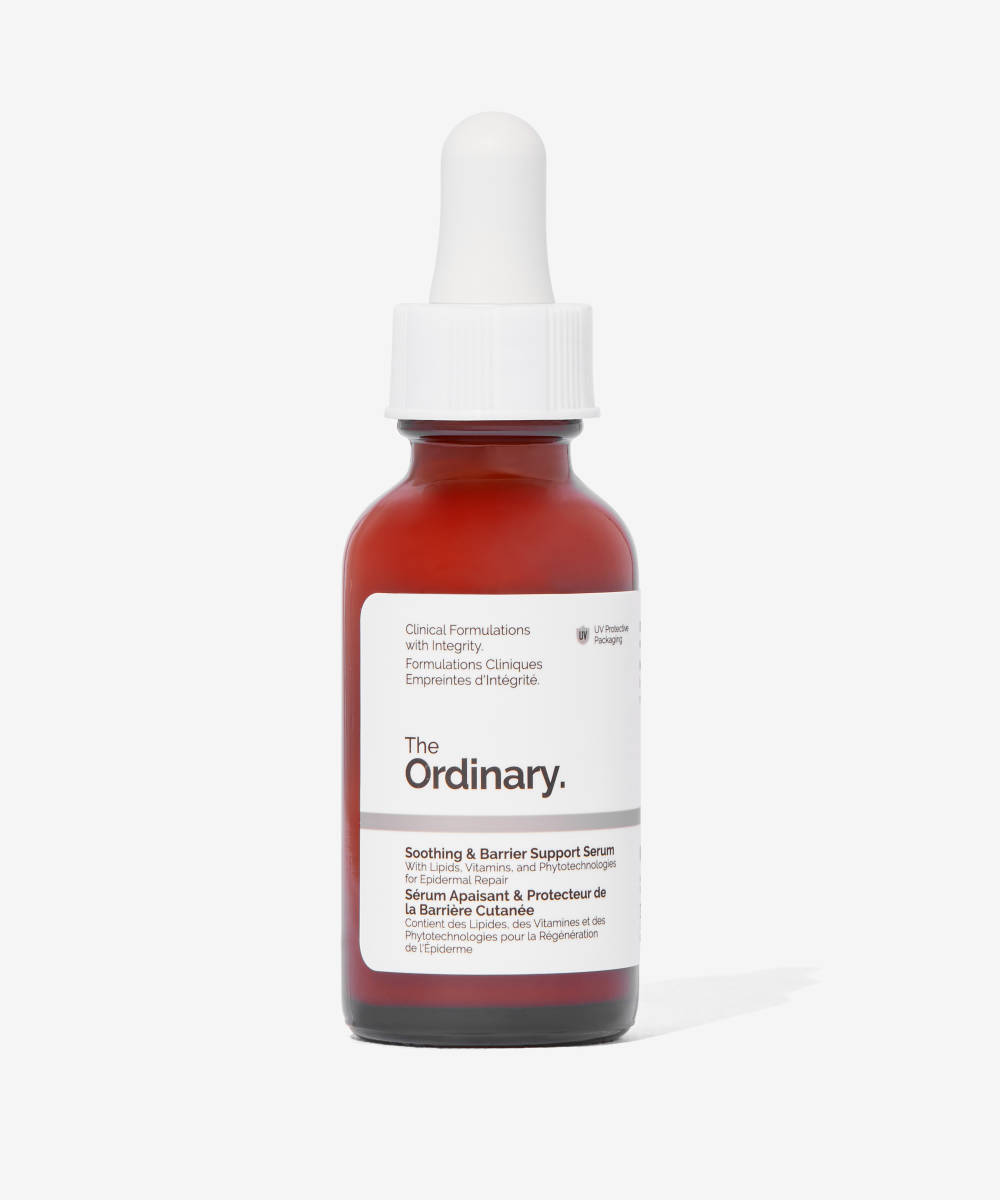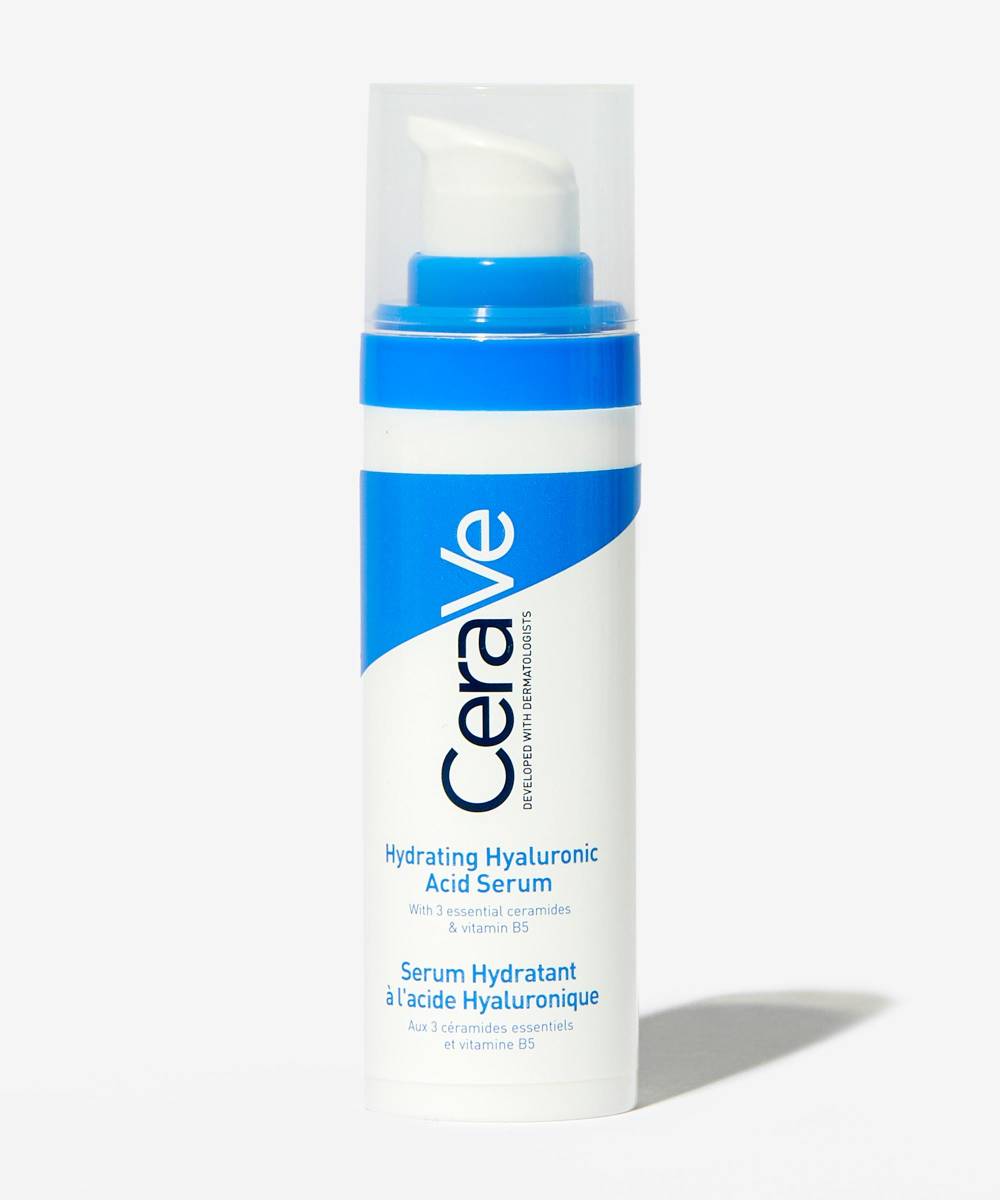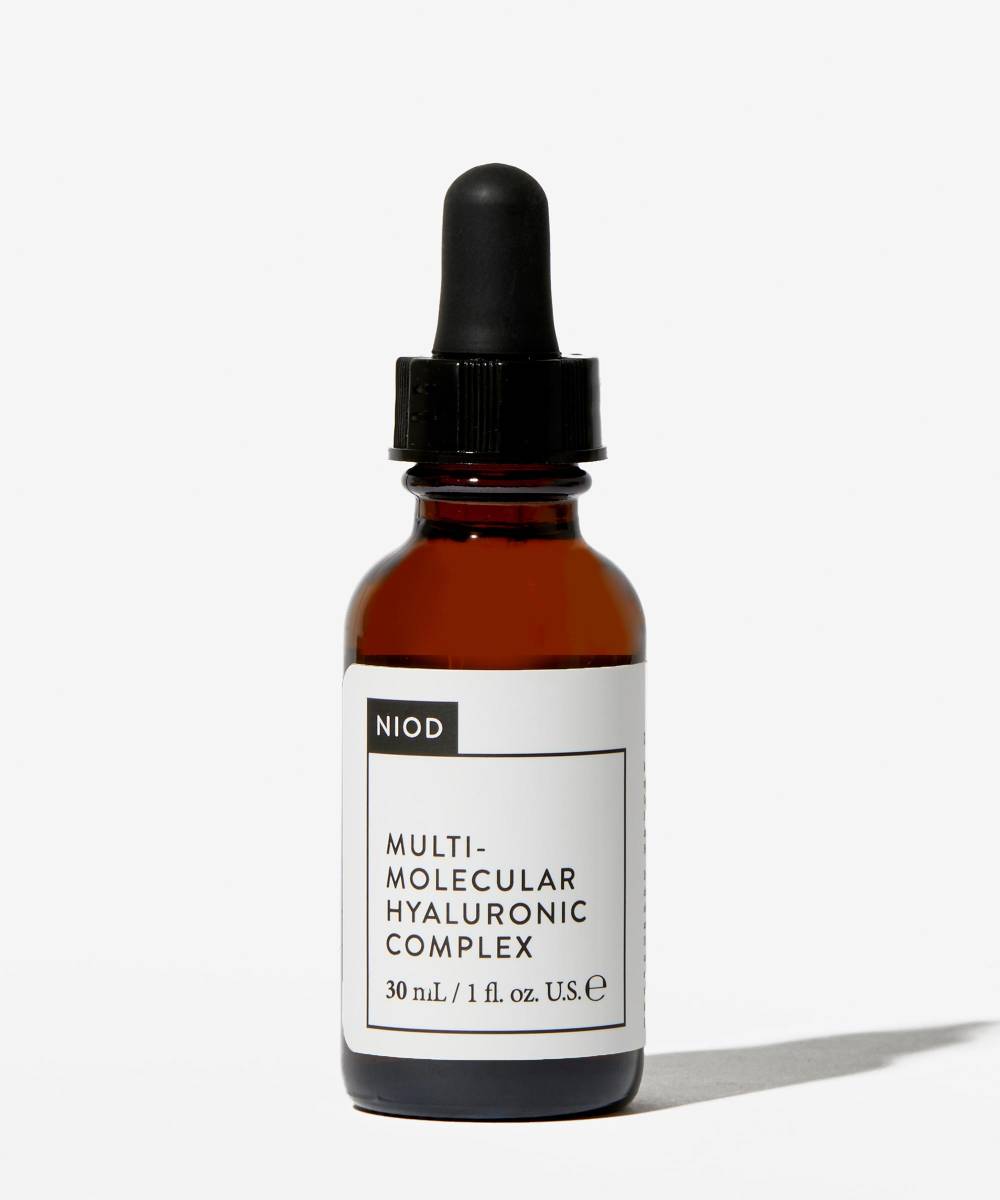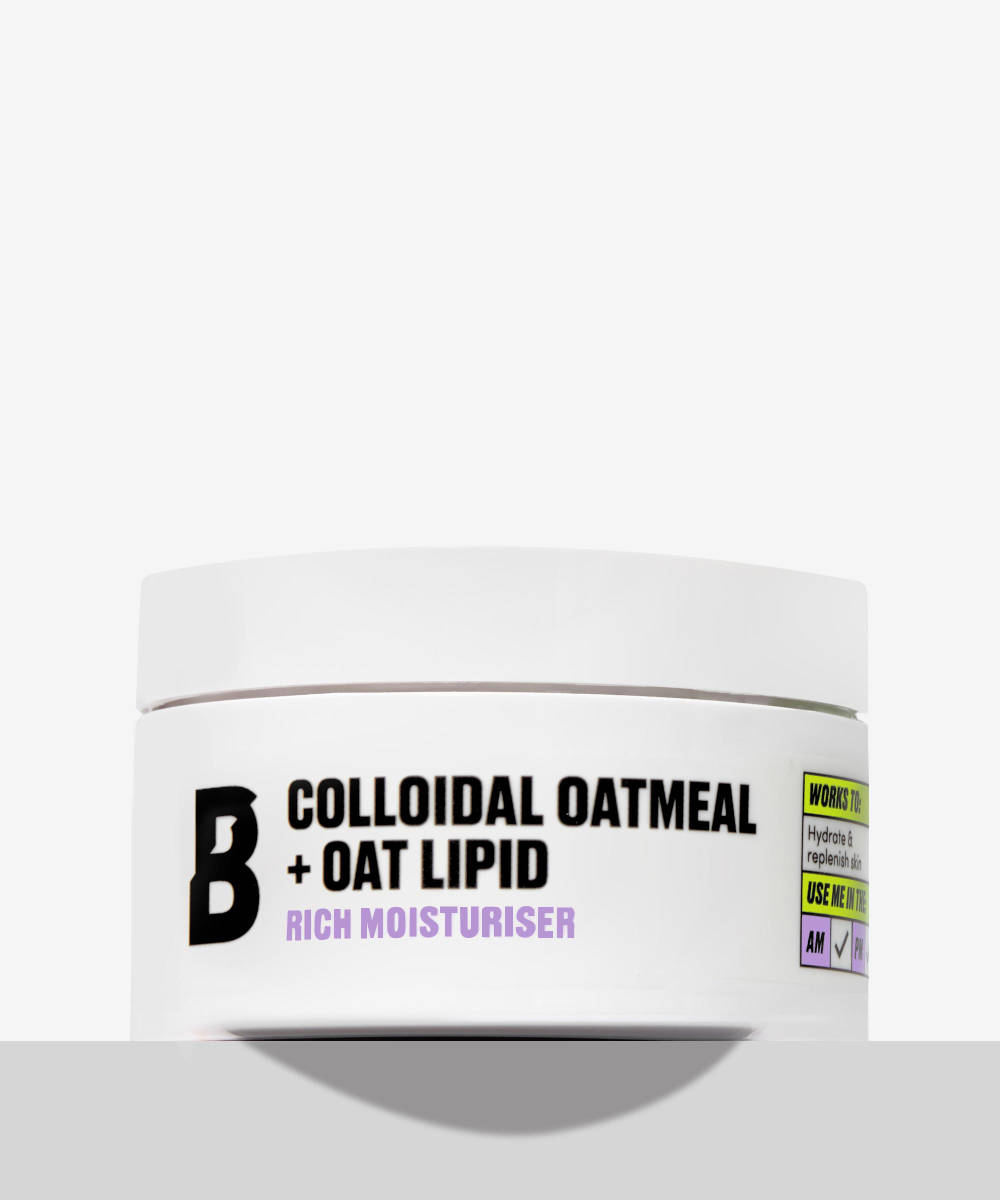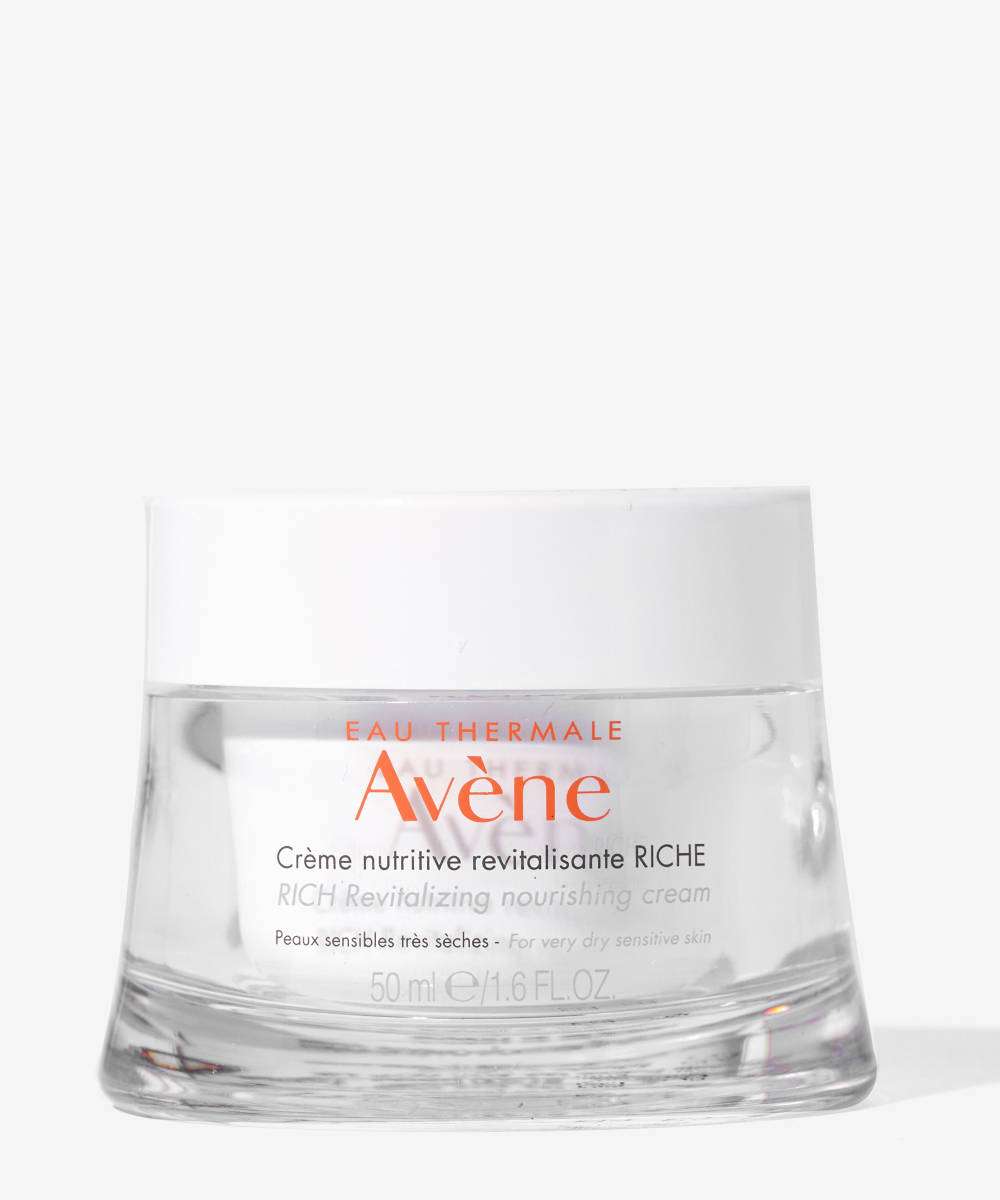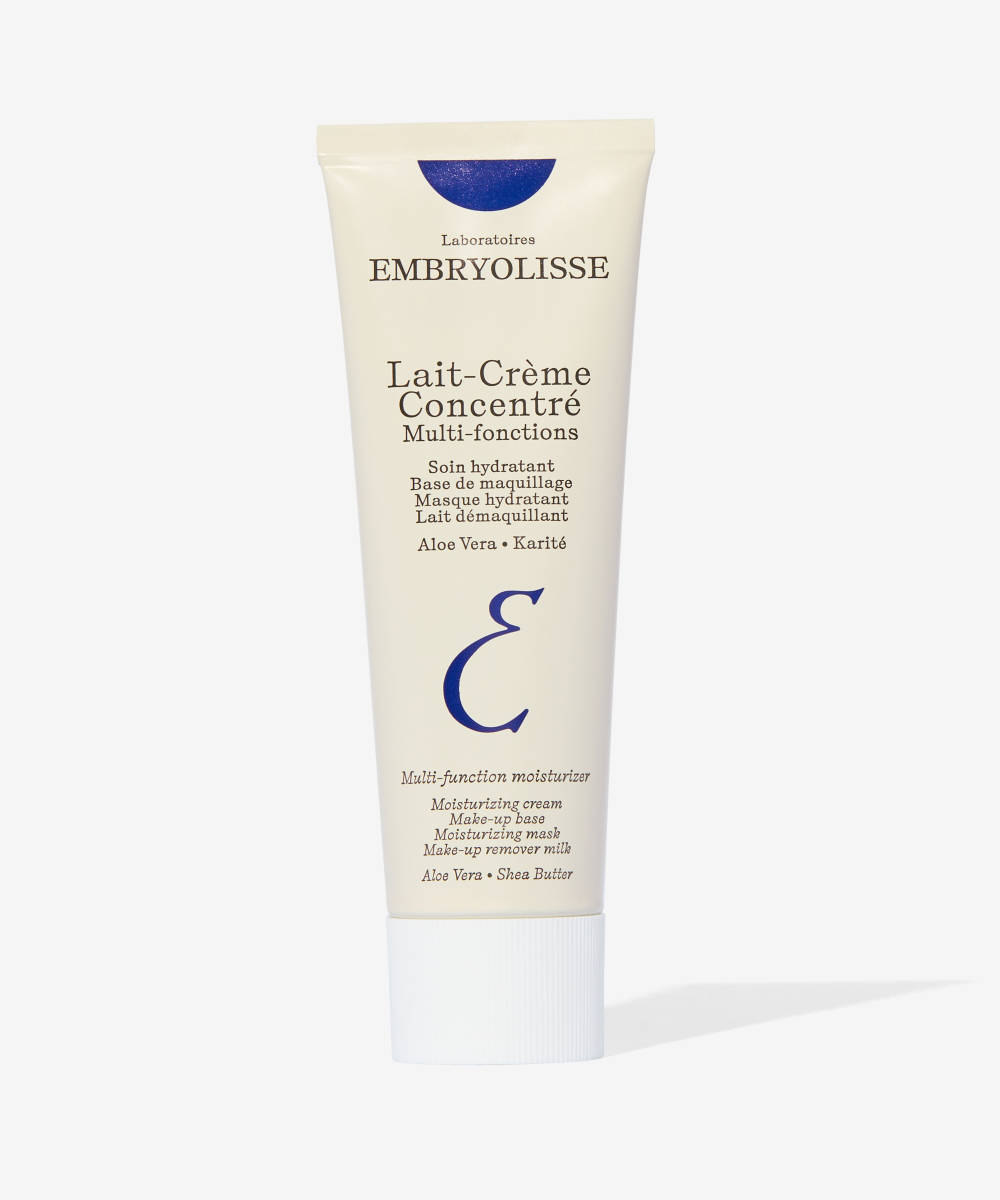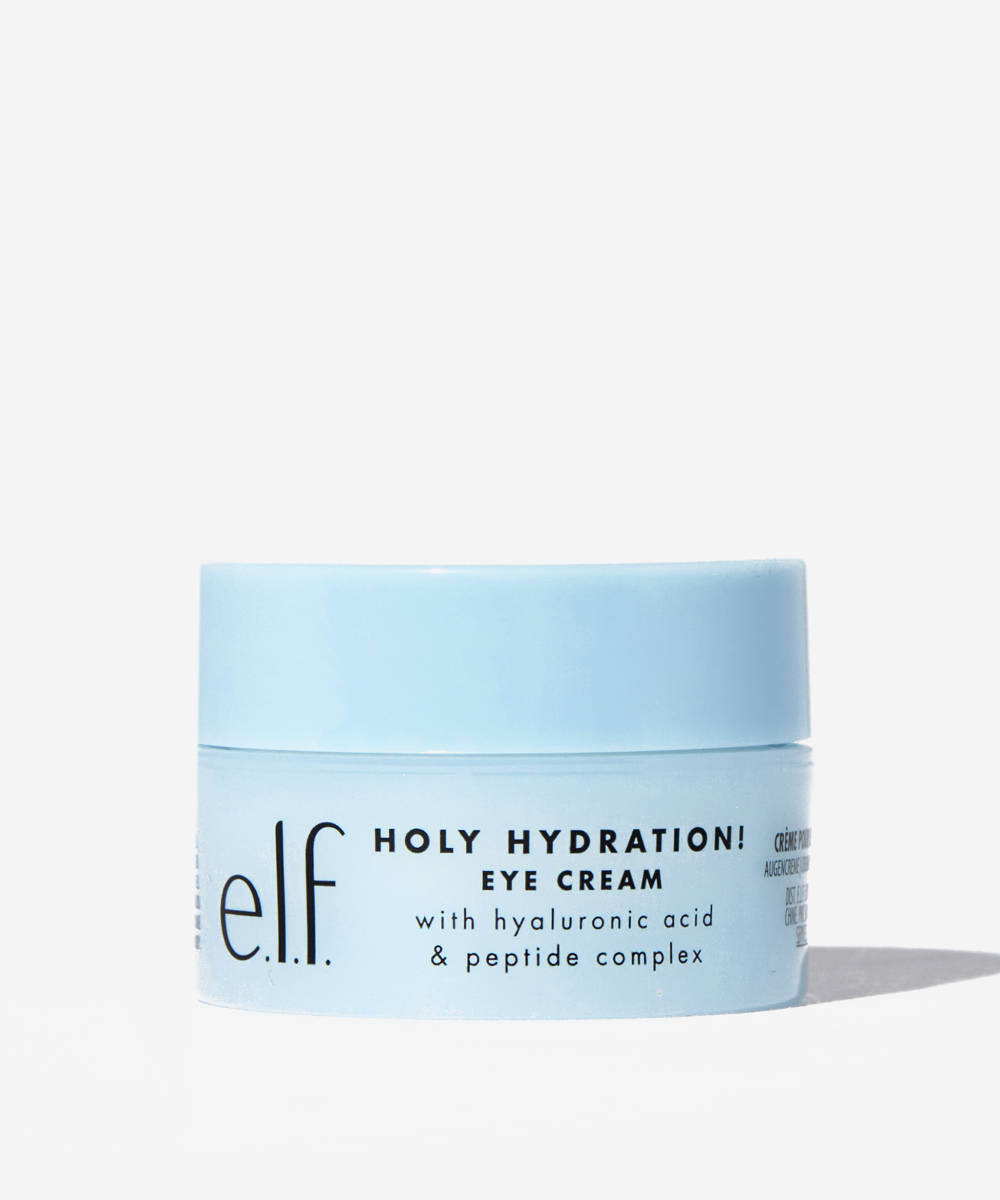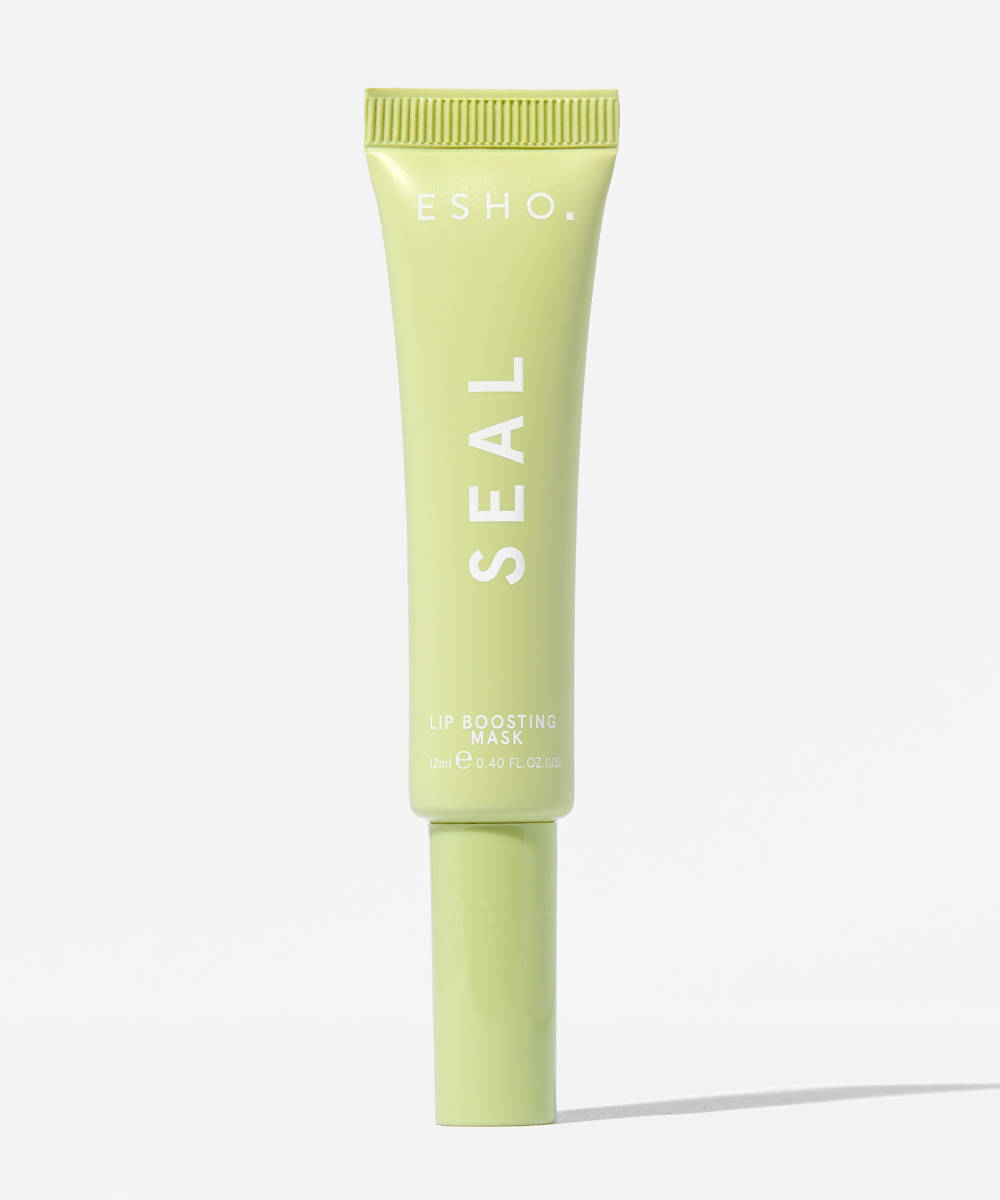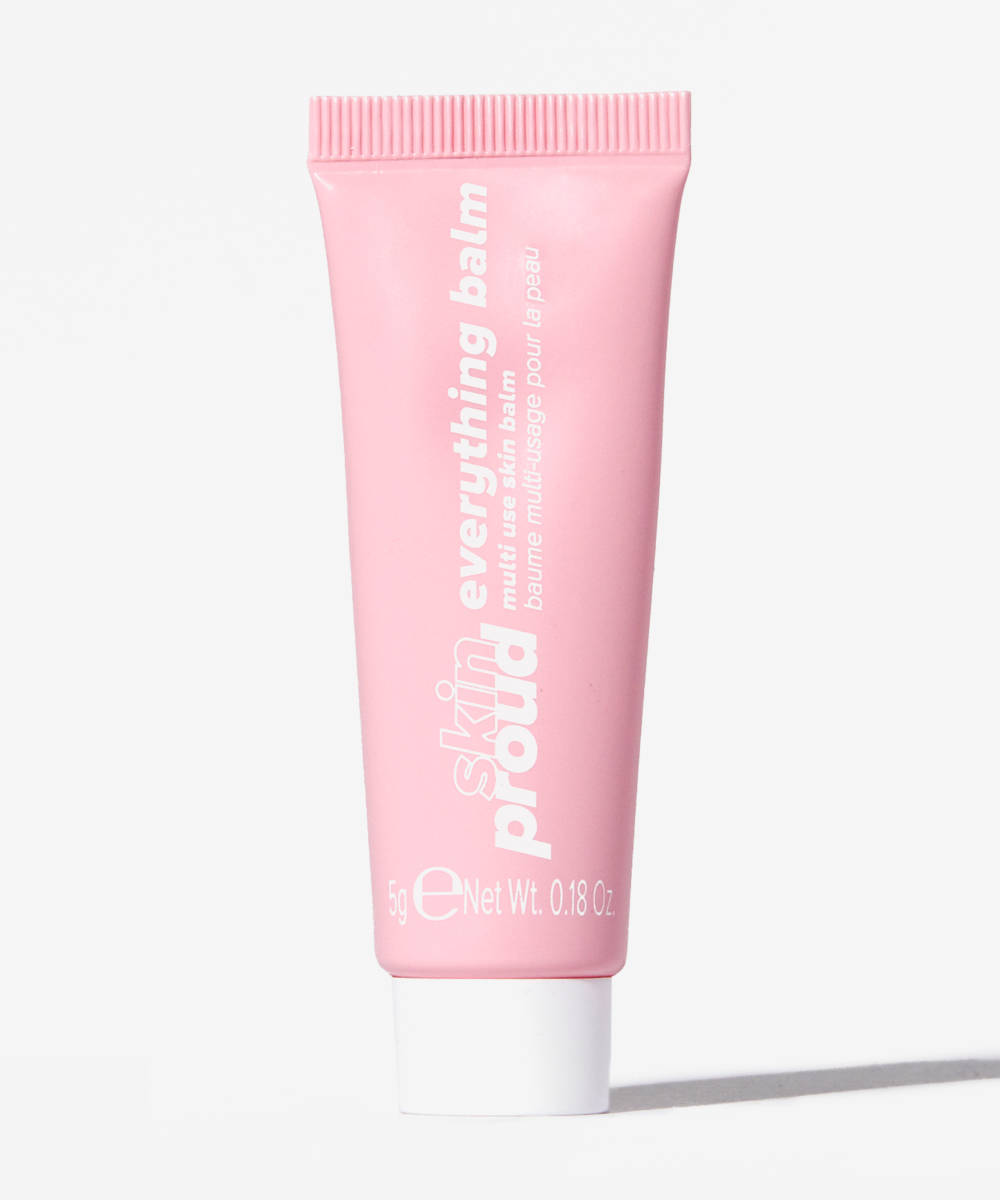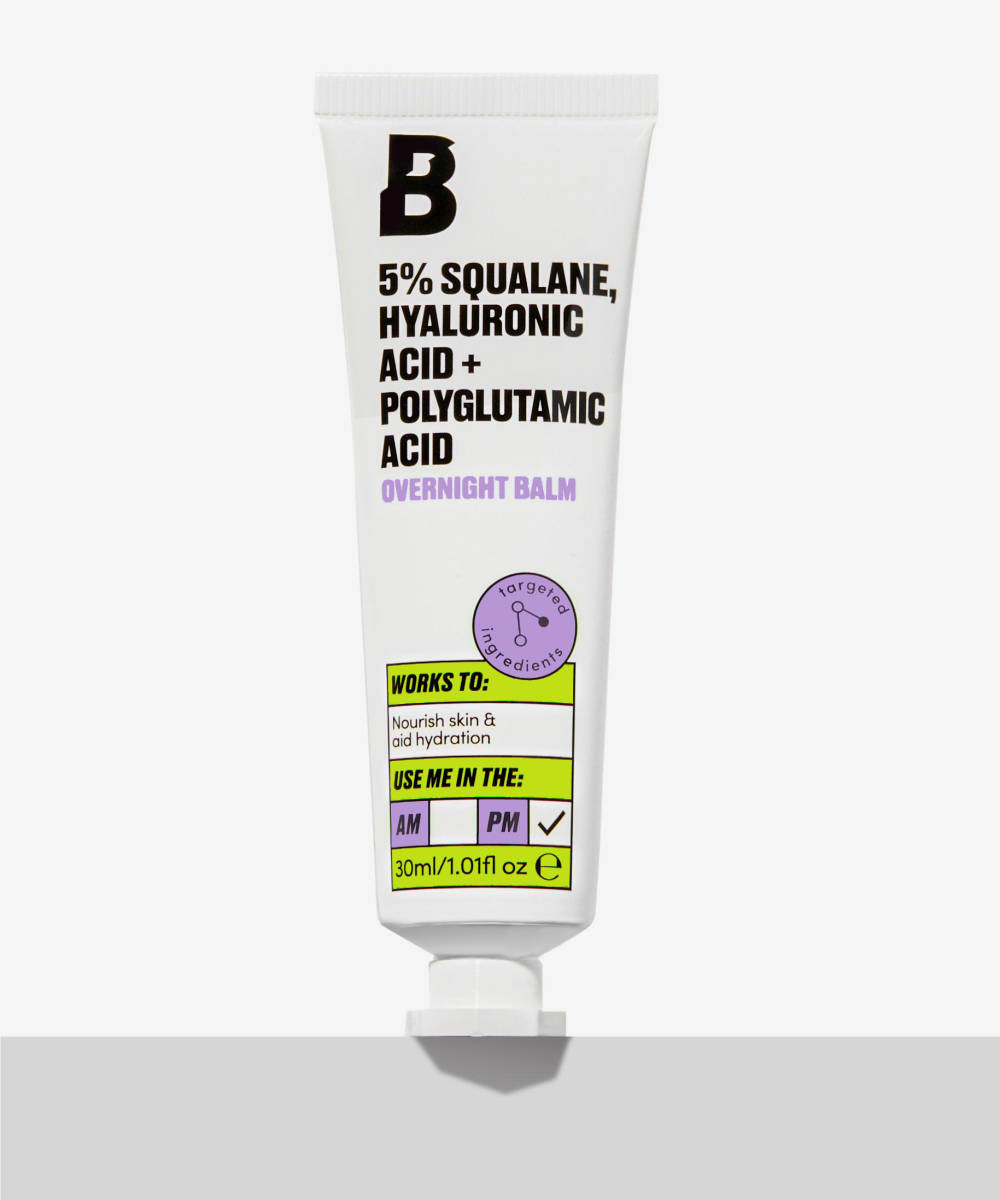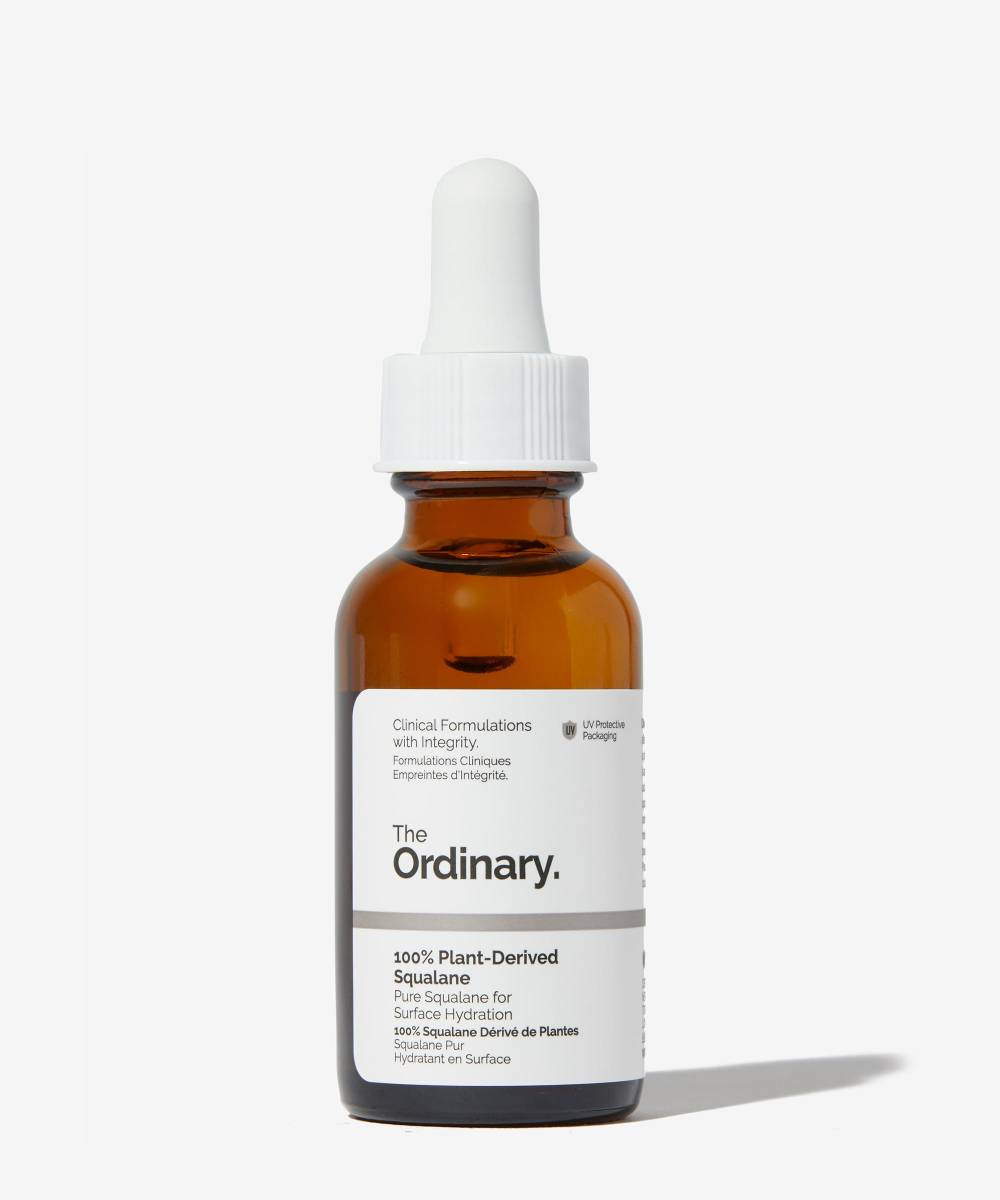Skin becomes dry when the skincare barrier becomes damaged—this causes (invisible) cracks which allow moisture to escape easily and irritants to get in. This results in skin feeling tight, looking dull, lacking elasticity, and (in severe cases) triggers flaky patches, itching, and redness. Sound familiar? Then you probably have dry skin. You’ll naturally want to reach for thick moisturisers and hydrating serums, but remember, it’s important to look at every step of your routine to quickly and effectively restore skin health. From cleansers and face mists to eye creams and oils, the best products for dry skin are packed with ingredients like ceramides, glycerin, squalane, and hyaluronic acid.
If you’re looking for dry skin solutions, scroll down for advice on how to build a morning and an evening skincare routine for dry skin.
1. Cleanse
Over-cleansing skin can strip it of the naturally occurring oils which help to keep skin hydrated, so choose a gentle, cream or jelly-textured face wash for your morning cleanse. Look out for products labelled ‘gentle’ or ‘hydrating’ as these will not only clean skin, but also help to balance skin’s moisture levels. Spend two minutes massaging your cleanser into your skin, then rinse it off using warm water and a clean flannel.
The best cleansers for dry skin
2. Hydrate
If your skin is dry or dehydrated, then it’s a good idea to have a mist or toner in your routine. This is your first hydration step and will help to give your skin an extra surge of moisture before applying your serums and moisturiser. Not all toners are created equal – avoid acid-based toners and choose formulas that contain nourishing ingredients like ceramides.
The best toners for dry skin
3. Treat
Your skin’s natural moisture barrier helps to prevent moisture escaping from your skin, so when your skin is dry it’s a sign that your barrier has been damaged. Choose a serum which rebuilds and protects your skin barrier with ingredients like niacinamide, ceramides, and prebiotics. Pat your serum onto damp skin, using your fingertips to gently press it in.
The best serums for dry skin
4. Moisturise
Moisturiser is one of the most important and essential steps in a skincare routine for dry skin. A good day cream will help to both deliver hydrating ingredients to the skin, but also prevent them from escaping. Again, look out for ingredients like ceramide, hyaluronic acid, and glycerin. To apply, massage all over your face and neck.
The best moisturisers for dry skin
5. Protect
You might be tempted to reach for a moisturiser with built-in SPF protection, but you’ll benefit from using a separate SPF product. Most products that try to do both are either not hydrating enough for dry skin, or don’t have strong enough UV protection. SPF is essential in any skincare routine, but especially dry skin. When skin isn’t protected by SPF, it’s more vulnerable to sun damage, which makes it less able to retain moisture. Apply generously all over skin – 365 days a year!
The best SPFs for dry skin
Evening Skincare Routine for Dry Skin
Things get a little bit different when it comes to evening skincare… Now’s the time to really make the most of your overnight downtime and give your skin some serious TLC with the most nourishing ingredients you can find. This routine includes all the basics (cleansing and moisturising) with added extras that specifically help to both add moisture in and prevent moisture loss.
1. Cleanse
An evening cleanse is essential to prepare skin for your overnight products, but dry skin can easily be aggravated by overcleansing. Avoid gel and foam formulas and use a cleansing balm or oil which will gently melt away makeup, SPF, and impurities, leaving skin feeling calm and comfortable. Spend two to three minutes massaging it all over your face, then rinse it off using warm water and a clean flannel.
The best oil cleansers for dry skin
2. Hydrate
Just as important in the evening as it is in the morning, your first hydration step gives your skin an extra surge of moisture before you apply your serums and moisturiser. Remember to avoid acid-based and fragrance-heavy toners and choose formulas that contain nourishing ingredients instead.
The best toners for dry skin
3. Treat
Layering on a hyaluronic acid-based serum beneath your moisturiser is a smart move, especially when your skin is dry and/or dehydrated. Hyaluronic acid has the ability to draw moisture into the skin and prevent it from escaping. What’s more, each molecule can store up to 1000 times its weight in water so this maximises the hydrating benefits of your other products. Pat your serum onto damp skin, using your fingertips to gently press it in.
The best hydrating serums for dry skin
4. Moisturise
At night time, you can go in a little heavier with your moisturiser as you don’t need to worry about your face looking shiny or about product absorbing quickly to apply makeup. Be generous with application and use a thicker, richer formula for night if you feel that your day cream isn’t quite enough. Avoid gel-textured formulas and instead use thick, dense creams that contain ingredients like oat lipids, ceramides, and silicones.
The best night creams for dry skin
5. Target
If you have dry skin then chances are your eye area and lips will feel especially dry (the skin there is extra thin and delicate and therefore prone to dryness). Treat any dry patches to a major dose of hydration with a dedicated eye cream, a nourishing lip balm, or a multipurpose skin salve.
The best treatments for dry skin
6. Seal
This step is designed to act like a winter coat and seal in all the moisturising ingredients you’ve just spent ages applying. Some call it slugging, but it’s a technique that estheticians and dermatologists have always recommended, especially for dry skin. You’ll need to use an oil or balm – spend time massaging it in (you could even use a gua sha) to improve absorption and stimulate circulation.
